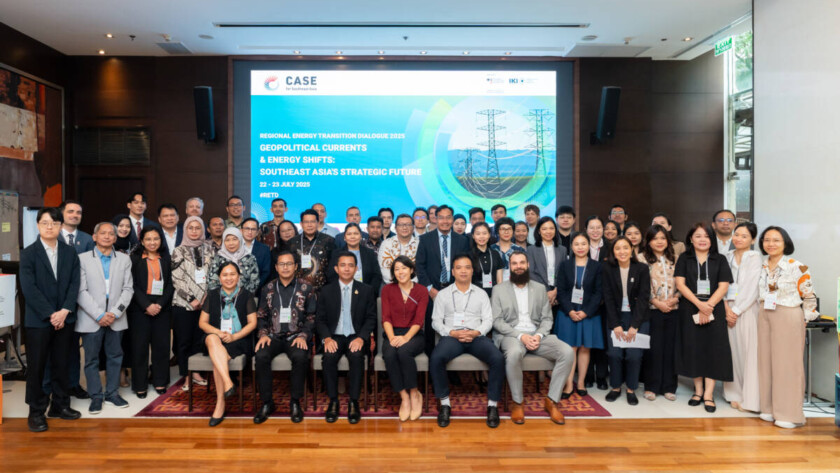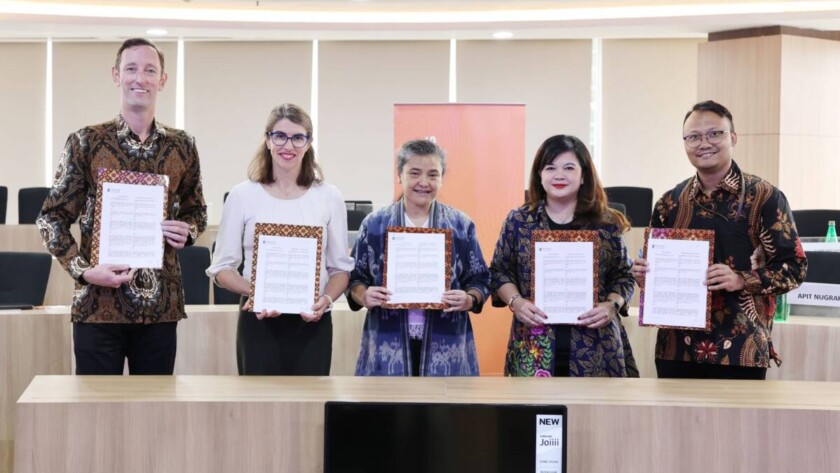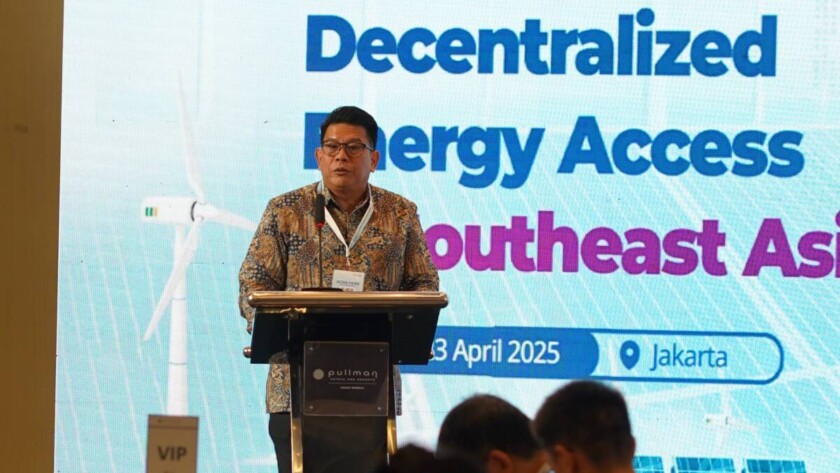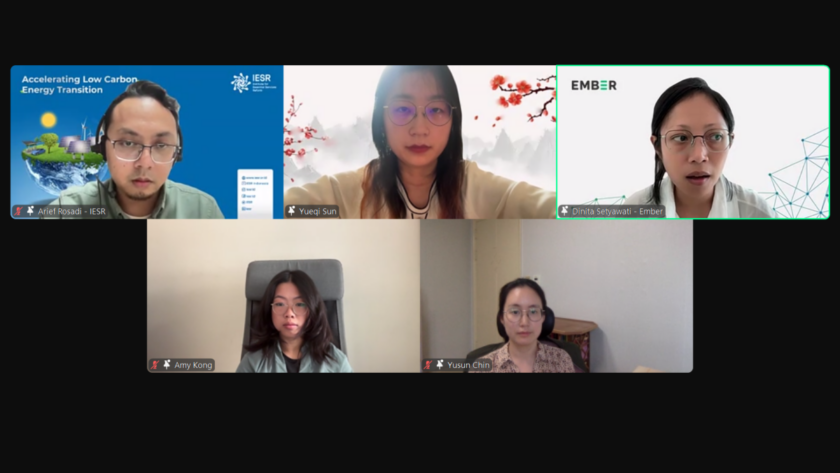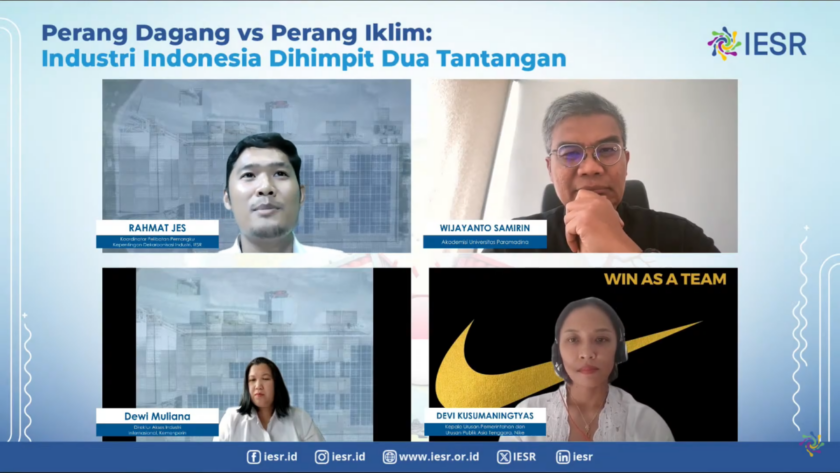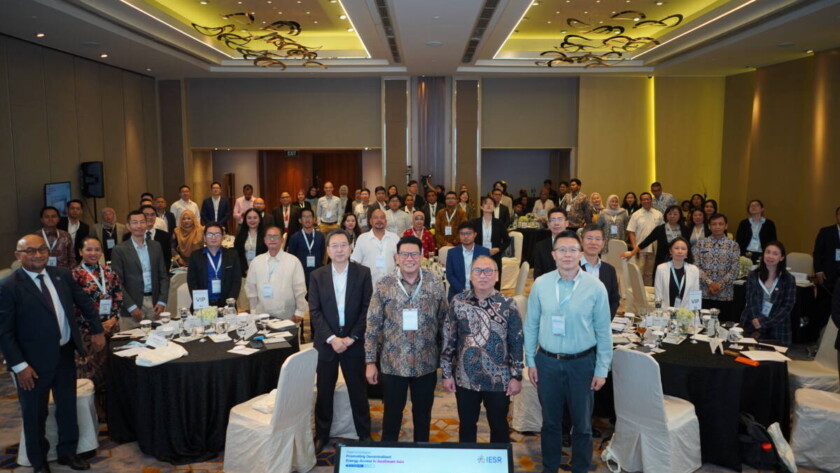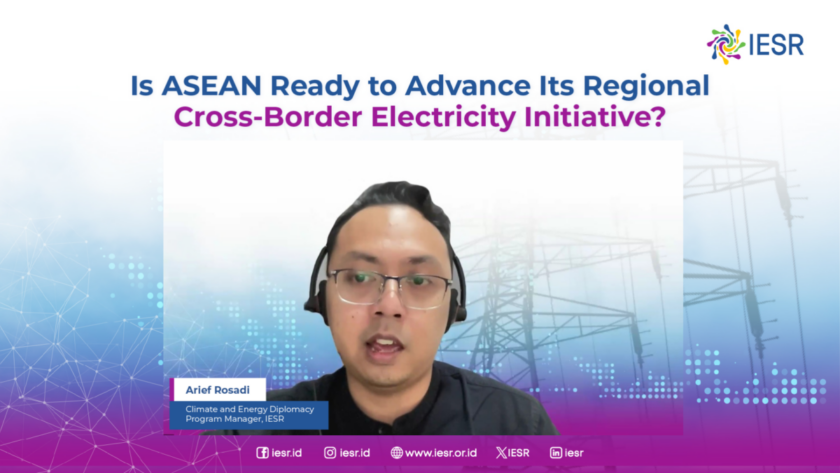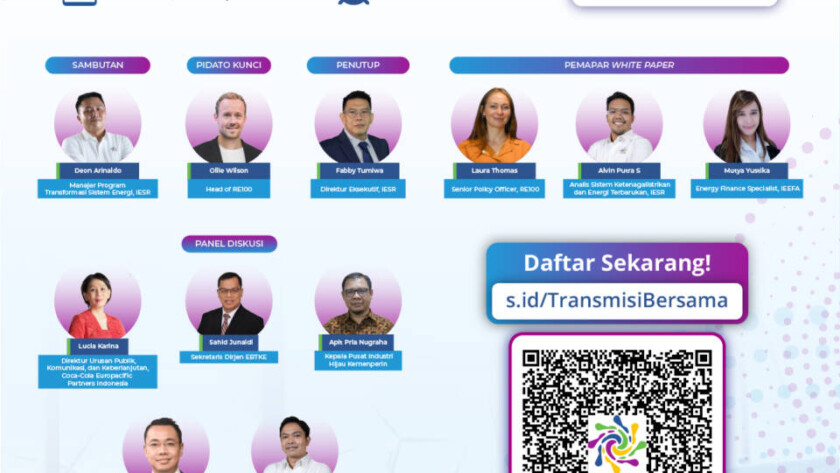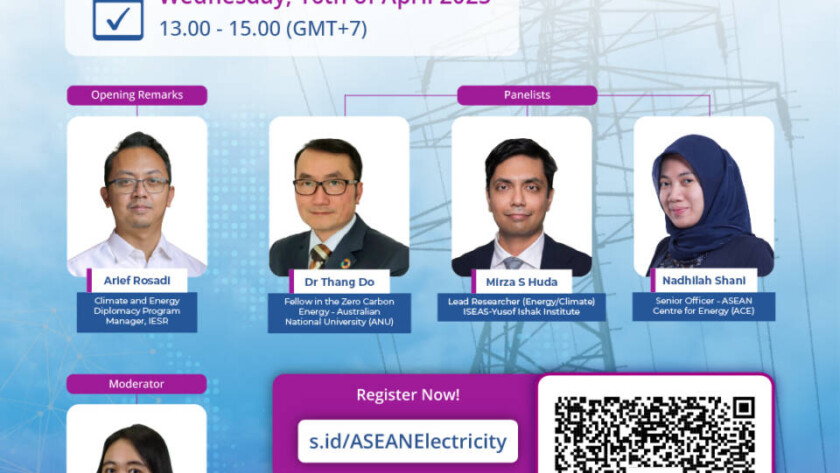Clean, Affordable and Secure Energy (CASE) for Southeast Asia Consortium holds another Regional Energy Transition Dialogue (RETD) 2025 to reconvene and discuss the plan ahead for Southeast Asia’s energy future. Representatives from Indonesia, Philippines, Thailand and Vietnam sit together and share their challenges and opportunities to push for renewable energy to achieve climate goals both…
